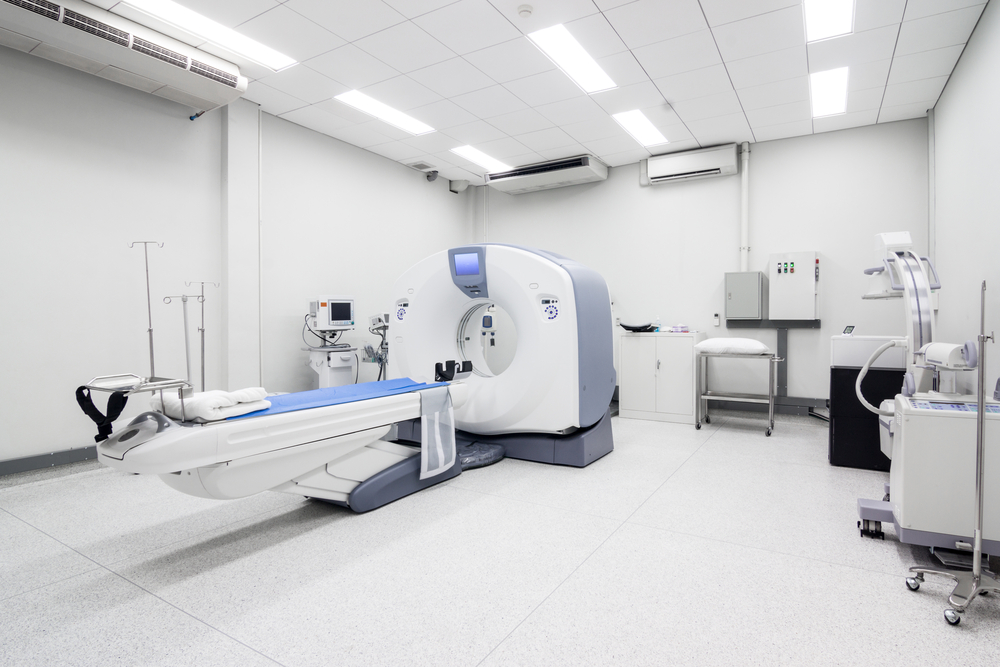Recent results from clinical trials have shown that some Hodgkin lymphoma patients could avoid going through damaging sessions of radiotherapy and still remain free from the disease 3 years later. Such findings evidence that many patients suffering with early stage Hodgkin lymphoma could see their diseases cured with chemotherapy alone, without the need for radiotherapy and the exposure to its long-term side effects such as second cancers and heart disease.
Lymphoma refers to a cancer that affects immune cells called lymphocytes, a type of white blood cell that defends the body from infections. Patients with lymphoma may experience swelling of the lymph nodes, fever, night sweats, itching, loss of appetite, sudden weight loss and fatigue. There are two main types of lymphoma: non-Hodgkin’s (about 90% of the cases) and Hodgkin’s (about 10%). Patients with lymphoma may experience swelling of the lymph nodes, fever, night sweats, itching, loss of appetite, sudden weight loss and fatigue.
The study was published in the New England Journal of Medicine under the title “Results of a Trial of PET-Directed Therapy for Early-Stage Hodgkin’s Lymphoma“, revealing the outcomes of the ‘RAPID’ trial in which 602 patients with the disease were evaluated with PET scans to look for traces of remaining disease. Patients in whom PET scans pointed cancerous growth received a course of radiotherapy; those that did not have a positive PET scan were divided into 2 groups: 50 percent received regular radiotherapy and the others did not.
Scientists assessed whether a patient survived and if their disease returned or got worse. Lymphoma patients who received a negative PET scan and belonged to the radiotherapy group had a 94.6 percent survival rate and their lymphoma did not get worse. Among these, 90.8 percent survived in the non-radiotherapy group. Three years later, the overall survival was of 99 percent in the non-radiotherapy group and 97.1 percent in the radiotherapy group; this could be related to the fact that radiotherapy damages some healthy tissues.
The authors found that patients with a good PET scan after chemotherapy did not require more treatment. In the long-run it was actually more safe to avoid radiotherapy allowing patients and doctors to opt for radiotherapy in these situations.
Dr. John Radford, responsible for the trial, stated, “This research is an important step forward. The results of RAPID show that in early stage Hodgkin lymphoma radiotherapy after initial chemotherapy marginally reduces the recurrence rate, but this is bought at the expense of exposing to radiation all patients with negative PET findings, most of whom are already cured.”
This emphasizes the importance of a personalised approach to address blood cancers, this way improving each patient’s health and disease outcomes.



This seems to be a dangerous misinterpretation of the results of the trial. The 4th paragraph, attempting to discuss the results, doesn’t read very clearly, and suggesting “in the long run” for a study with 3 year data fails to understand what “long term” is for cancer treatment (and especially with respect to radiation toxicity). The goal of minimizing treatment morbidity is a very important one, and decreasing radiation dose, shrinking field sizes, and, in appropriately selected patients, eliminating radiation therapy entirely are good ones, but a study with the conclusion “The results of this study did not show the noninferiority of the strategy” (snipped directly from the conclusions section), as well as NCCN guidelines, still favor, based on the preponderance of data, the strategy of involved side/node adjuvant radiation therapy. The title of this article suggests otherwise, in a way that I think is contrary to the results of the publication.
agree fully with the comments.